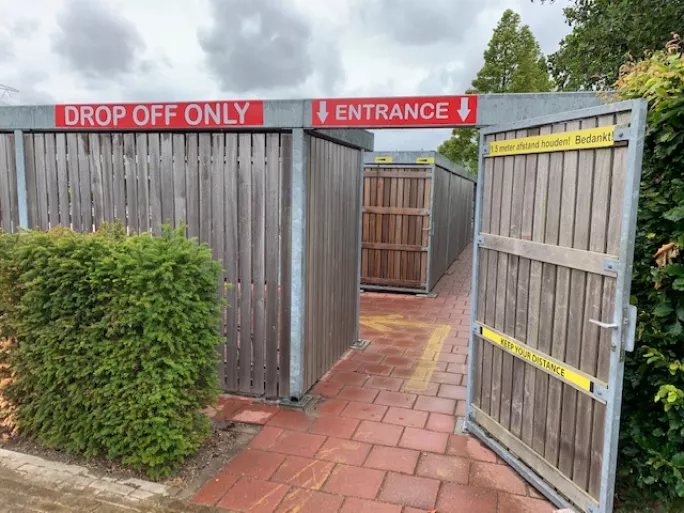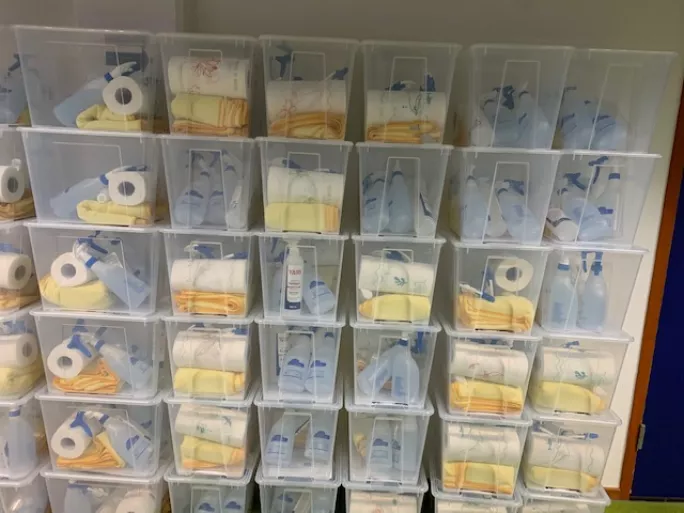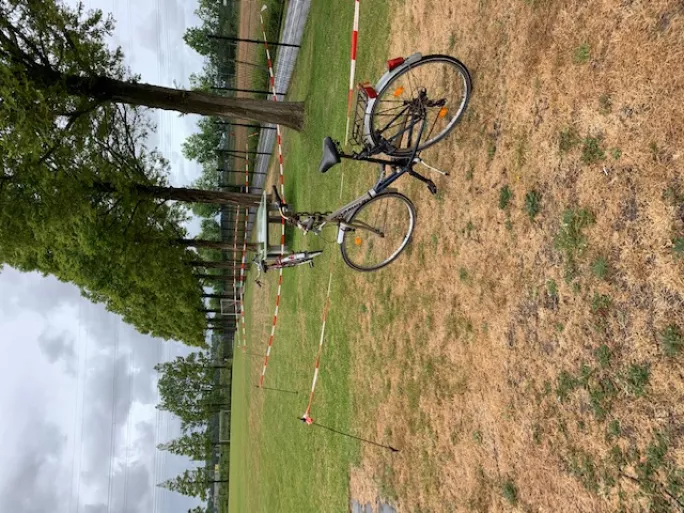- Home
- Reopening our secondary school: here’s what we learned
Reopening our secondary school: here’s what we learned

Headteachers’ instincts are to keep schools running. Snow days, burst boilers, winter flu - we have contingencies and can make adaptations but we’re always open for learning.
Coronavirus, however, brought a new perspective to decision-making around school closure and has, without doubt, presented my biggest set of challenges in 15 years of headship.
Nearly three months on, our two senior schools have just reopened with the majority of our 1,200 students back in classrooms on alternate days, starting on 3 June.
How did we get here? Here are some key takeaways from this time:
The logistics
The new normal, already a cliché, is also a misnomer - since practice in all schools is governed by context.
We have reconsidered every element of a student’s day, from the moment they pass through the school gate to their final footsteps out, ensuring that distancing is maintained at all times.
In a busy secondary school, with so many students usually moving between corridors and classrooms, this meant completely reshaping the school day, timetable, and flow.
Most learning spaces can accommodate up to 11 students, around half of our average class size and so we have created two populations based on surname to be in school alternate days.
Lesson duration has been reduced, settings and groupings changed and lunchtime modified. We’ve also staggered arrival and departure times for key stage 3 and KS4/5 with school now ending at 2.30pm to allow students to use public transport out of peak hours.
Industrial quantities of yellow signage and stripy tape adorn our building to reinforce one-way movement and painted distancing lines and directional arrows are de rigeur outside.
This is also true for areas that might not be so obvious - for instance, making taped pens available so students can’t park their bikes too close to each other.
We’ve also had to mark out queuing areas outside of toilets and in a block of four urinals, taping up the middle two so that distancing can be maintained.
Decision making
Executive and senior leadership teams have had to be at their most optimistic and innovative to embrace the strategic and logistical challenges.
Clear, assured messaging to all parties has been essential. With five campuses (two secondary and three primary), a coherent and consistent approach in decision making has been critical.
Valuable lessons to inform future decisions were learned through the experiences of primary schools opening in May as well.

Rapid planning
Keeping pace with changing government protocols has been a challenge, as was throttling up when the green light for opening secondary school sites was lit just three weeks ago.
We’ve had very short time frames in which to make big decisions impacting on thousands of people: school transport; year groups to return; internal assessments.
Nothing has been straightforward and we have steered away from absolutes on issues such as masks, for example.
Flexibility is an important tool in keeping anxieties in check.

Building confidence and allaying fears
Two of my main priorities in preparing to return have been the building of staff confidence and encouraging colleagues to take ownership once more of our building.
Staff were, understandably, nervous about being in close proximity to 500 other humans for seven hours each day.
Empathy and compassion have been as important as pragmatism and planning in winning hearts and minds.
Virtual staff meetings of up to 160 people, with SLT members managing questions on the chat, individual video calls with colleagues to help address specific concerns, and support from HR and medical teams has been received well.
Through all this, I’ve been so proud of teachers and support staff.
Their professionalism and sense of perspective have always been to the fore and their positivism has instilled confidence into our whole community.
The student response
We forget sometimes how adaptable young people are and I have been delighted at how positively students have responded to our new circumstances.
There has been a minor battle with Year 10 to avoid hugging (they are so pleased to renew friendships) and we need all students who are timetabled for PE to come dressed for sport (since we can’t use changing rooms).
Otherwise, it has been a smooth operation and one thing has been abundantly clear - students have really missed their teachers.
Overall remote learning hasn’t been a painless process and returning post lockdown has certainly exercised our grey matter but calm and purposeful leadership has seen enabled us to manage the extraordinary.
Inclement weather and hot water issues will forever seem a doddle.
Paul Topping is currently executive headteacher at the British School in The Netherlands, in The Hague, having joined the school in 2017. The BSN is a multi-campus school with 2,500 students on roll.
Anyone wishing to speak with Paul to find out more about how his schools reopened is welcome to contact him via Twitter: @PaulTopping62.

Keep reading for just £1 per month
You've reached your limit of free articles this month. Subscribe for £1 per month for three months and get:
- Unlimited access to all Tes magazine content
- Exclusive subscriber-only stories
- Award-winning email newsletters